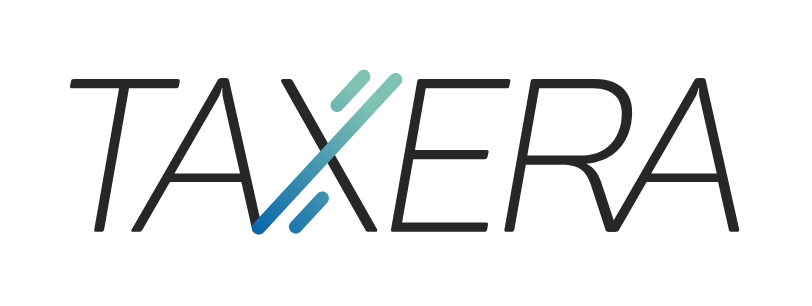
China e-Invoicing 2023: Expansion of the Fully Digitalized E-Fapiao Program
China has made a firm commitment to e-Invoicing as the backbone of its taxation model reform. As of 2021, China Tax Bureau (CTB) has imposed on new taxpayers in the country the adoption of the new e-Invoicing system called Golden Tax System or Fapiao System. All other taxpayers may join voluntarily.
In parallel to the new Fapiao System, China has announced the launch of a second iteration of the current system that includes significant new features in addition to the new Fapiao System. The government is currently in contact with businesses to launch a pilot project for the government’s e-fapiao declaration.
We examine every aspect of both the existing system and the new features that the China Tax Bureau has announced. Chinese e-Invoicing – e-Fapiao In China, an invoice is called fapiao. A fapiao is a legal, physical receipt issued on paper, distributed, printed, and administered by the STA (State Taxation Administration), which serves as proof of purchase of goods and services in China.
Companies in China must purchase the fapiao from the STA before making their sales, meaning they essentially pay the taxes before making their sales transactions. Depending on the sector the company operates in and its estimated turnover, it will have to purchase different types of fapiao for a limited maximum amount. There are several types of fapiao: general fapiao, general VAT fapiao, and special VAT fapiao. Types of e-Fapiao The e-Fapiao is the digitized representation of the fapiao, and there are two types: general and special.
Like the paper invoice, the general e-Fapiao is the one issued for the commercial transaction of a product or service, and the VAT is non-deductible. The special e-Fapiao is the one that allows the deduction of VAT and on which the pilot program is developed. It affects the B2B area. e-Invoicing System in China – Golden Tax System The invoicing system in China is based on the mandatory issuance of invoices (e-Fapiao) through the Golden Tax System, the government’s central platform.
After validation, the invoices are assigned a unique identification code to avoid tax fraud and are returned to the issuer, who can then distribute them by various means: email, sending a QR code, SMS, hard copy of the e‑Fapiao, etc. … In addition, e-Invoices must be archived electronically for a minimum of 10 years. Evolution of e-Invoicing in China The VAT digitalization project in China has been developed in two phases in response to the differentiation between non-deductible invoices, called General e-Fapiao, and deductible invoices, called Special e-Fapiao. General e-Fapiao e-Invoice The first invoices to be digitized were the General e-Fapiao in 2015.
As these invoices are non-deductible by the recipients, their implementation was much simpler compared to the Special e-Fapiao invoices. In 2017, the government decided to extend the scope of the General e-Fapiao to high‑frequency transaction sectors such as e-Commerce, telecommunications, finance, and express mail to promote the adoption of e-Invoicing further. Special e-Fapiao e-Invoice Following the success of the General e-Fapiao, in 2020, the government decided to digitize deductible invoices as well by introducing the Special e-Fapiao through Announcement № 22 (2020) on “The Implementation of Electronic VAT Invoices Among Newly Established Taxpayers.” All Chinese provinces gradually adopted the regulation over the course of 2021.
In the case of both the General e-Fapiao and the Special e-Fapiao, its use is mandatory for new taxpayers and voluntary for all other companies. Current Status of e-Fapiao After the successful massification of e-Invoicing among new taxpayers and voluntary companies, the Chinese government has announced the launch of a new version of the e-Invoicing system Golden Tax System.
For this purpose, it has launched a pilot project to receive invoices from Beijing, Shanghai, Inner Mongolia, Guangdong, Shandong, Zhejiang, Jiangsu, Sichuan, and other provinces and cities in China. And a second pilot program with selected companies for the issuance of invoices. For the time being, the current Golden Tax System will coexist with the new one and paper invoices.



